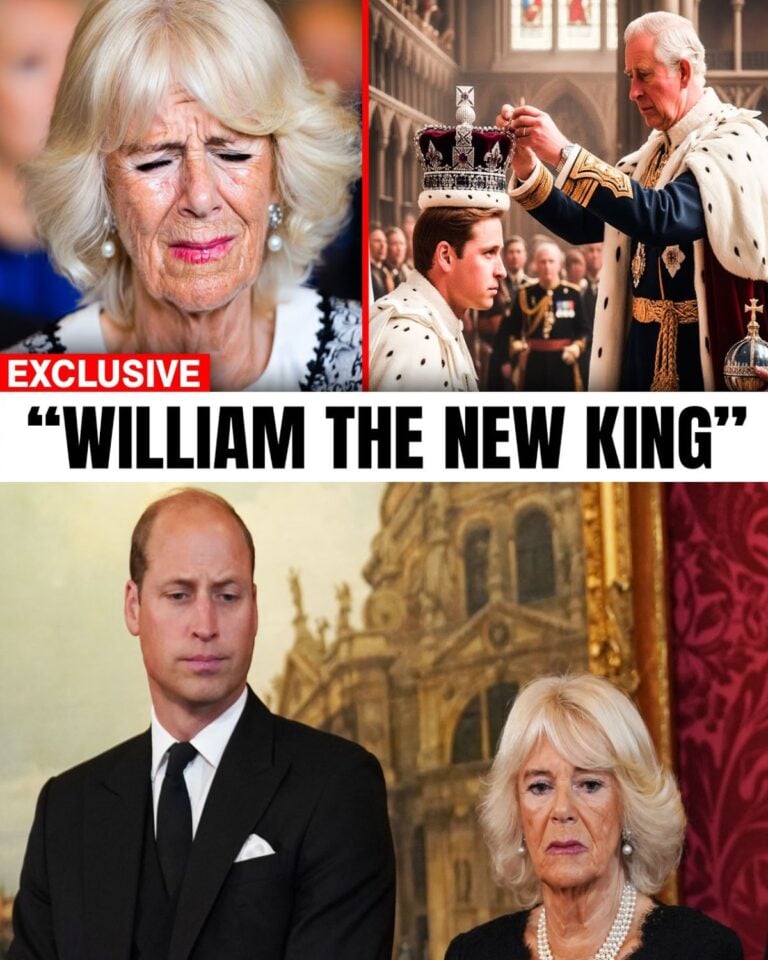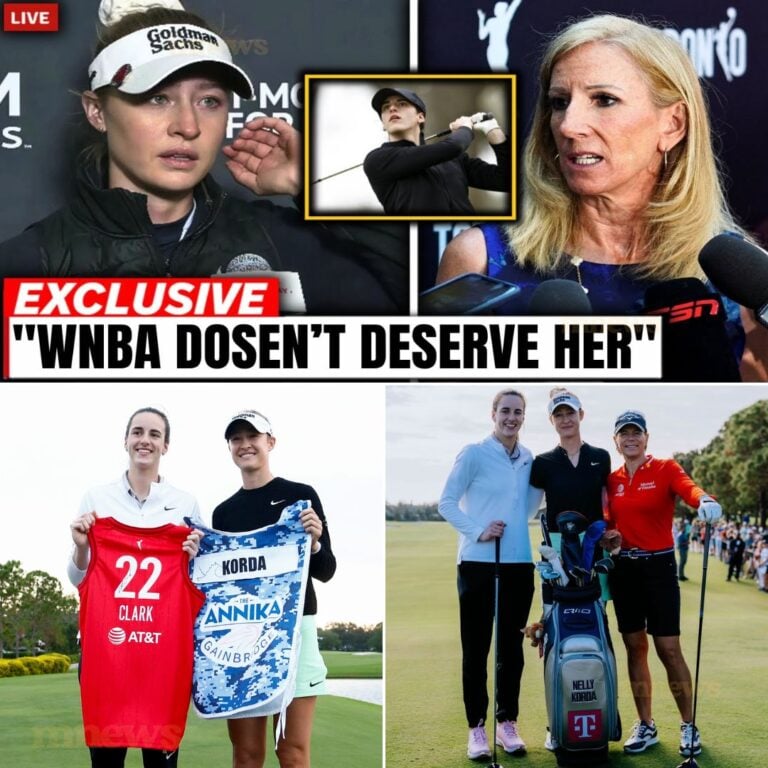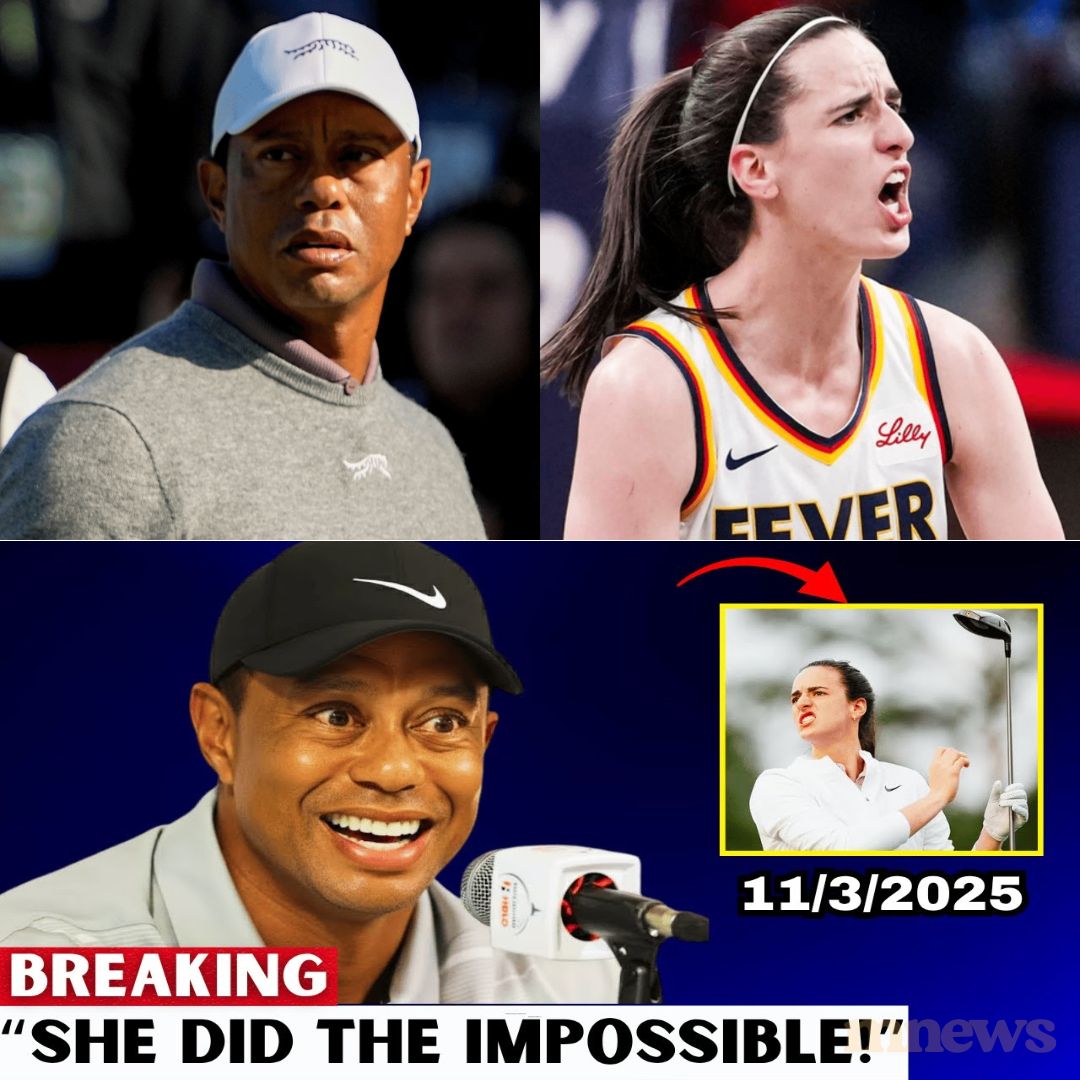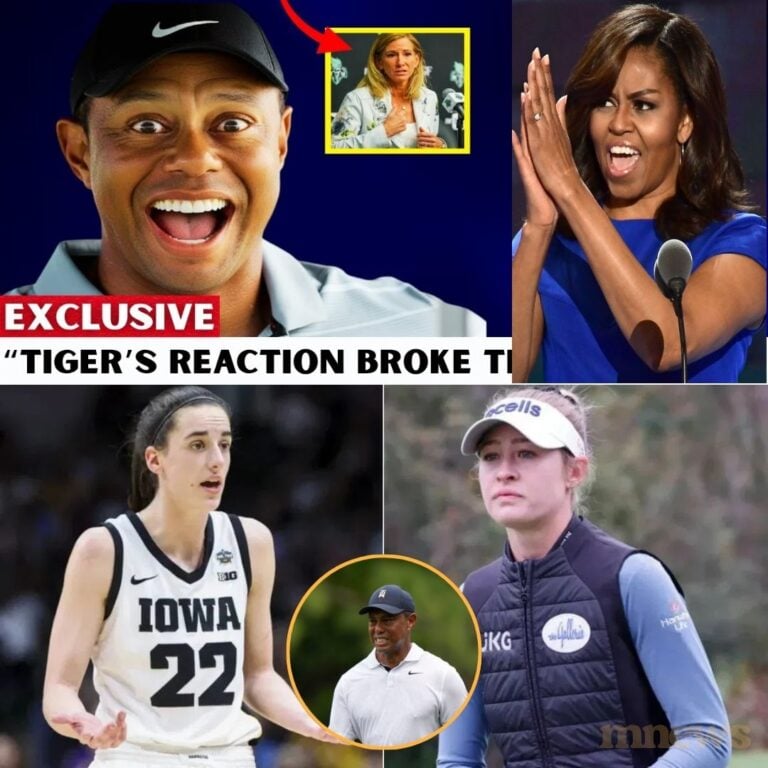In a stunning display of sports marketing acumen, the LPGA has embraced Caitlyn Clark, the sensational rookie from the WNBA, showcasing her as a cultural phenomenon and a beacon for women’s sports, while the WNBA’s handling of her achievements has sparked outrage among fans and insiders alike.
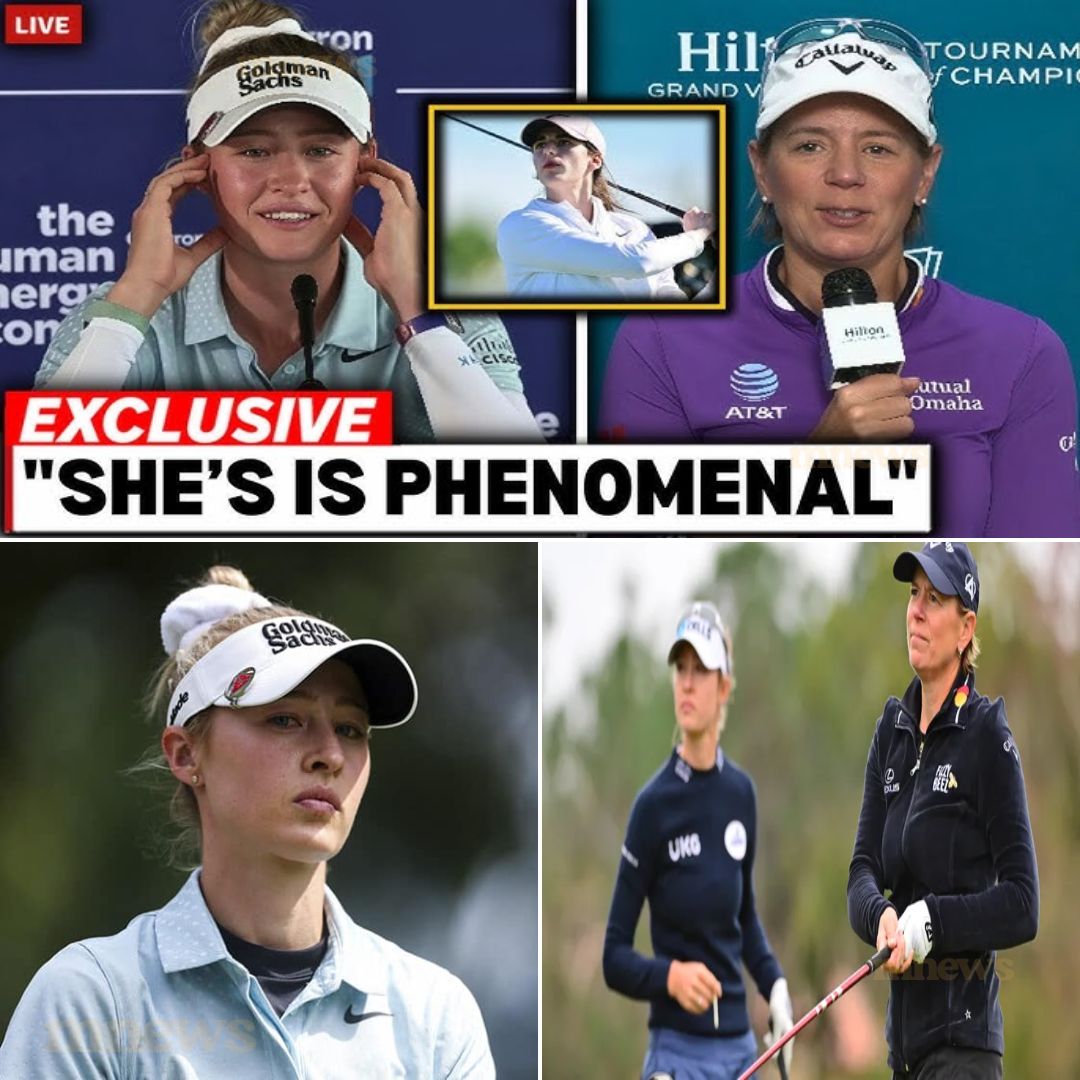
The sun-drenched Anika Pro-Am golf event became a stage for Clark’s crossover appeal, where she was welcomed with open arms by golf stars like Nelly Korda and Annika Sörenstam. Unlike the WNBA’s muted presentation of her Rookie of the Year award, which took place in a vacant gym devoid of celebration, the LPGA rolled out the red carpet for Clark, understanding the tidal wave of attention she brings. This was not merely a promotional strategy; it was a masterclass in recognizing and elevating a generational talent.

As Clark took to the golf course, the atmosphere buzzed with excitement. Korda, the world’s top female golfer, gushed about Clark’s impact, highlighting her ability to draw fans and media attention like no other. The LPGA adjusted its broadcast schedule to ensure live coverage of her every swing, transforming the event into a must-see spectacle that resonated across social media platforms. Clips of Clark’s powerful drives and delicate putts flooded timelines, framing her as a headline attraction and a main event.
In stark contrast, the WNBA’s reluctance to fully embrace Clark has left her millions of fans frustrated. Despite her record-breaking rookie season, her achievements were downplayed, culminating in an award presentation that felt more like an administrative formality than a celebration of a rising star. Fans took to social media, expressing their outrage at the league’s failure to recognize Clark as the transformative figure she is, with one viral tweet capturing the sentiment: “The WNBA is acting like Caitlyn Clark is just another player when she’s clearly the entire game.”

This disconnect has exposed a deeper issue within the WNBA, where internal politics and a reluctance to elevate individual stars have hindered the league’s growth. While the LPGA has seized the moment to elevate its profile, the WNBA appears paralyzed by its own caution, missing a golden opportunity to capitalize on Clark’s unprecedented popularity.
As the LPGA revels in the newfound attention and sponsorship opportunities brought by Clark, the WNBA faces a critical crossroads. The contrasting responses to Clark’s stardom highlight a fundamental misunderstanding of the modern sports landscape, where transcendent athletes can elevate an entire league. The question looms large: will the WNBA learn from this glaring example, or will it continue to squander its most valuable asset? The future of women’s professional basketball may very well depend on the answer.
